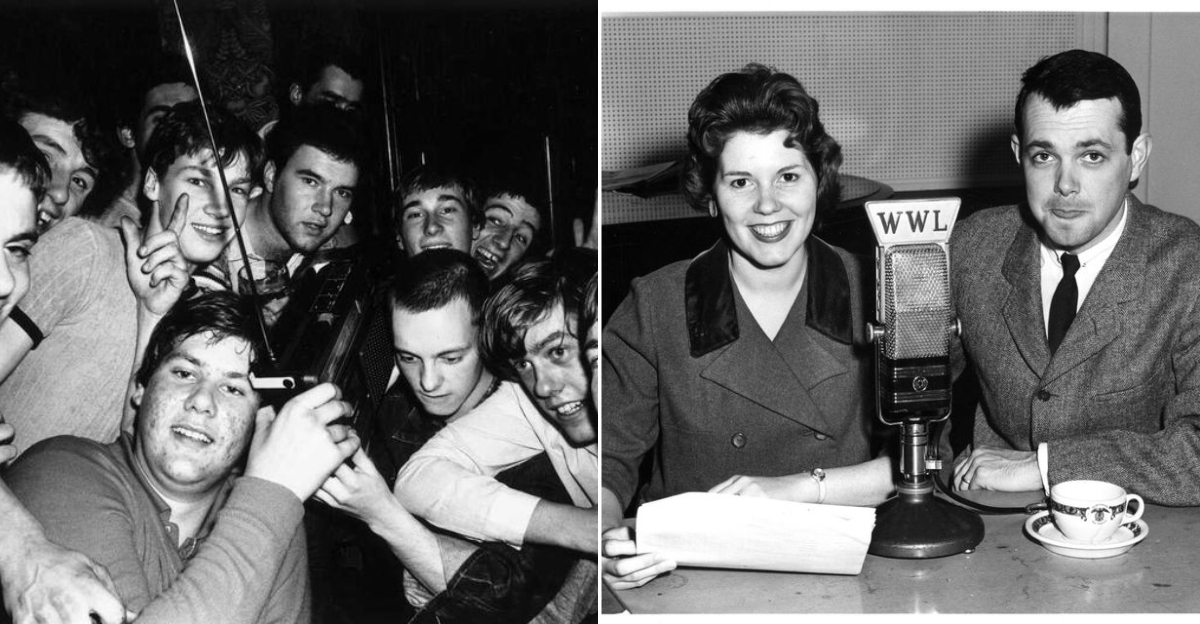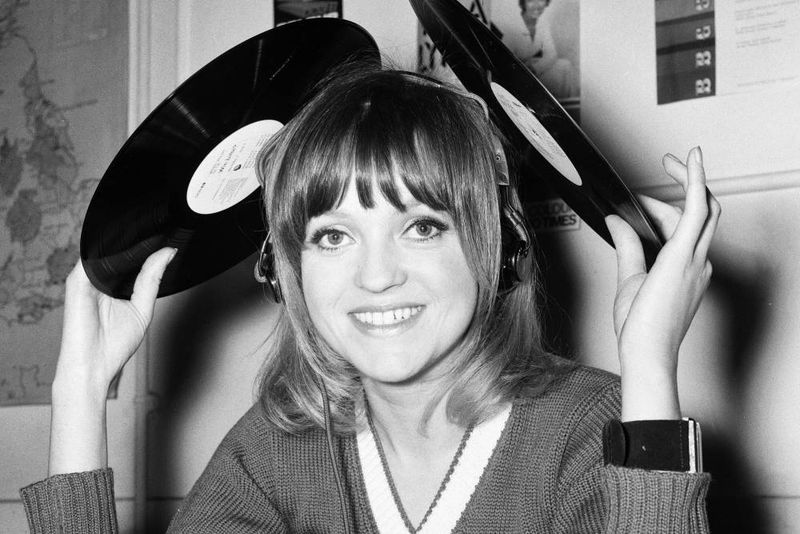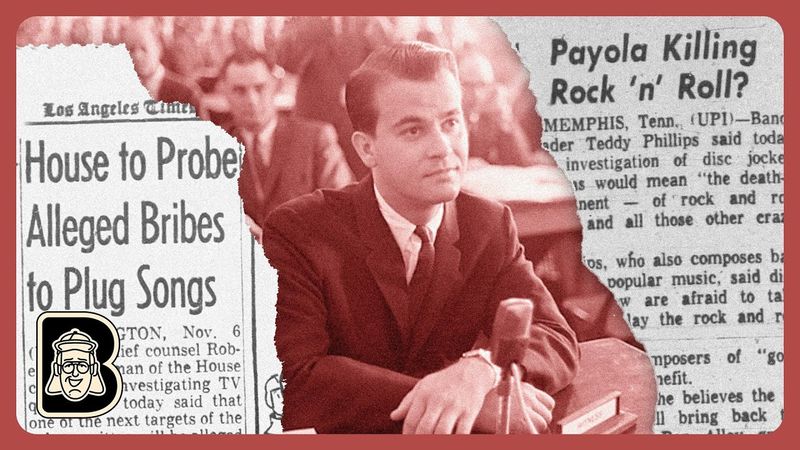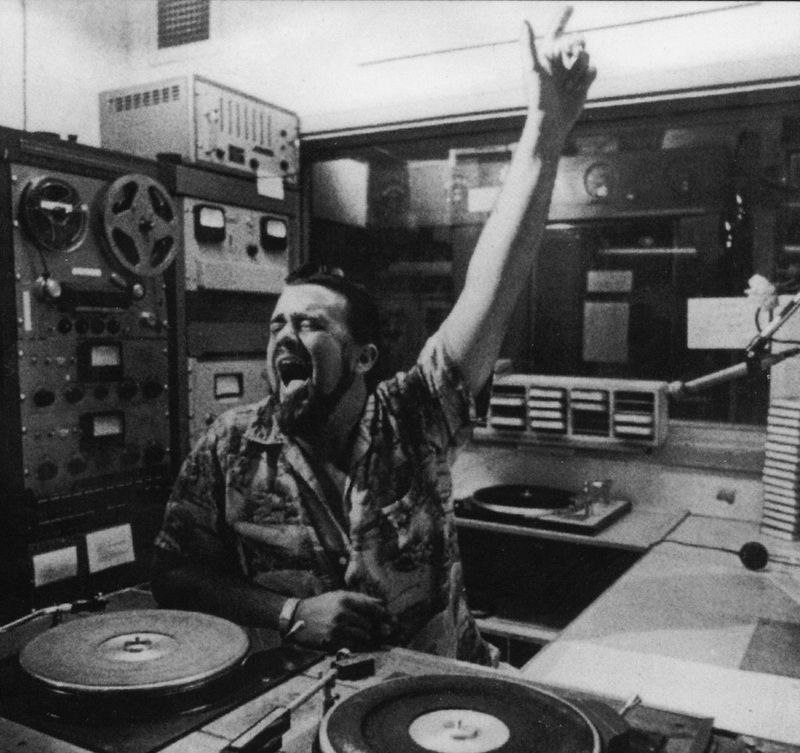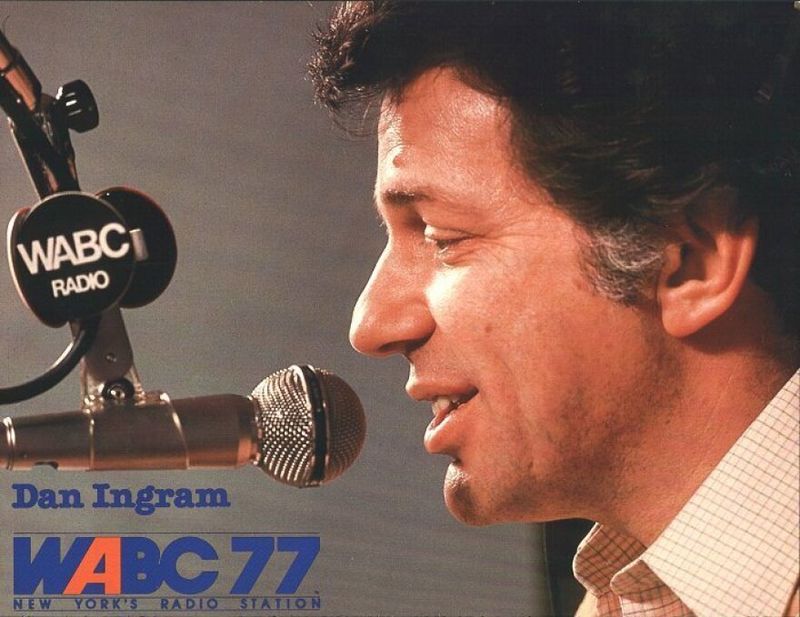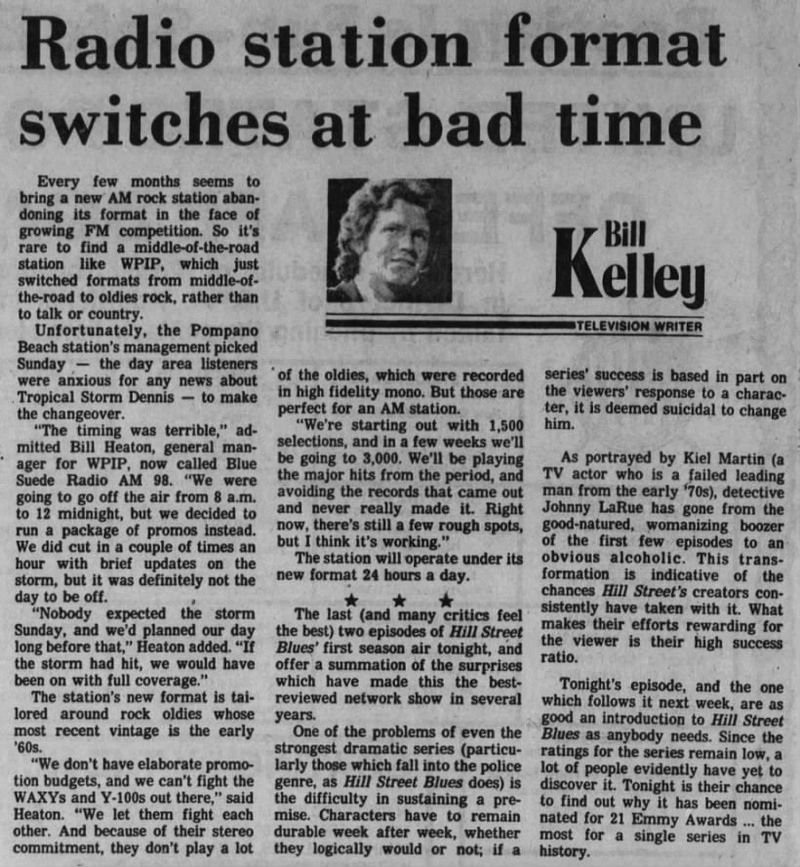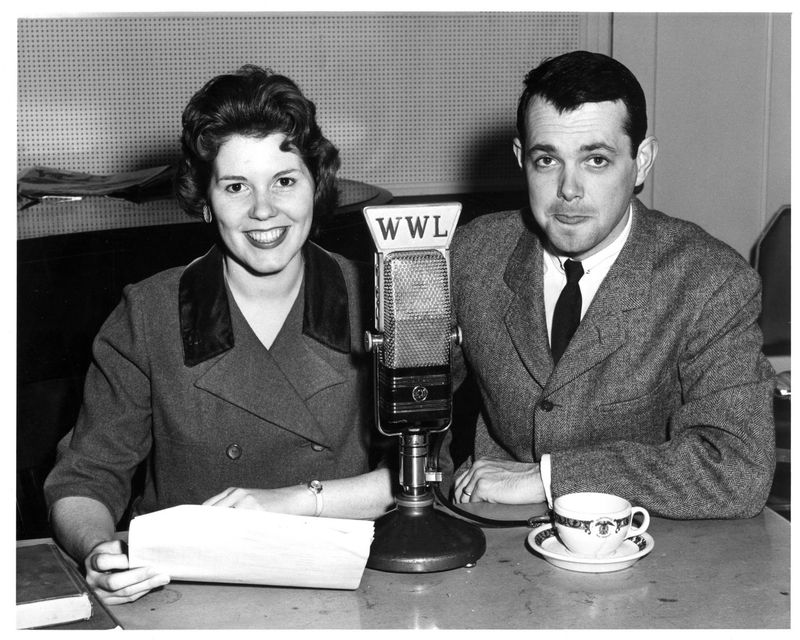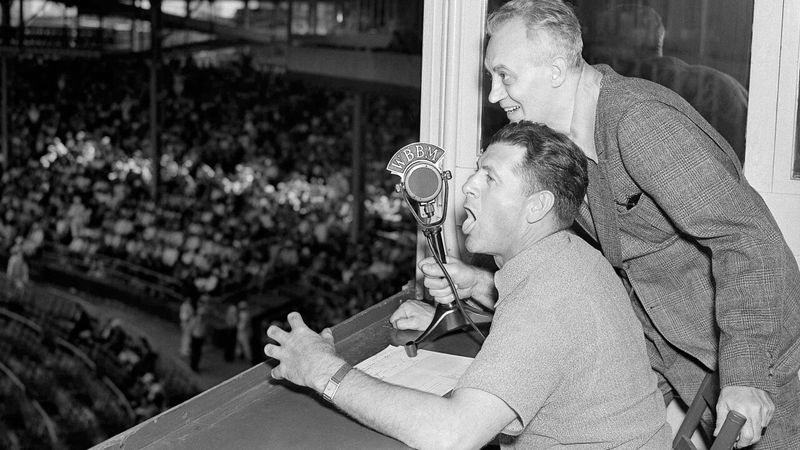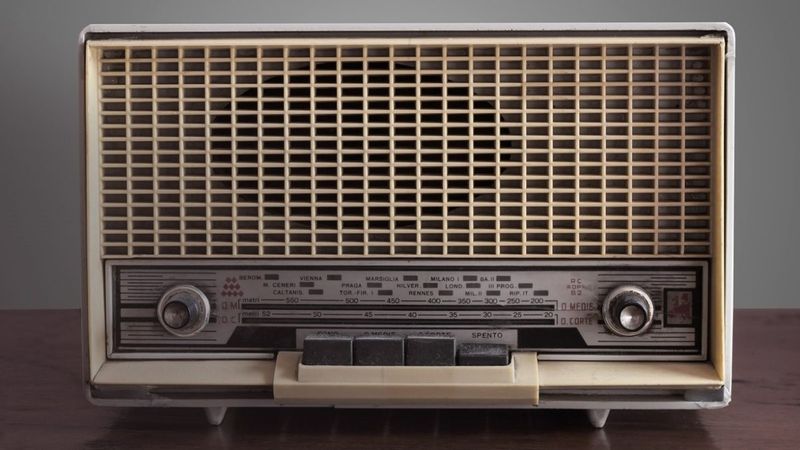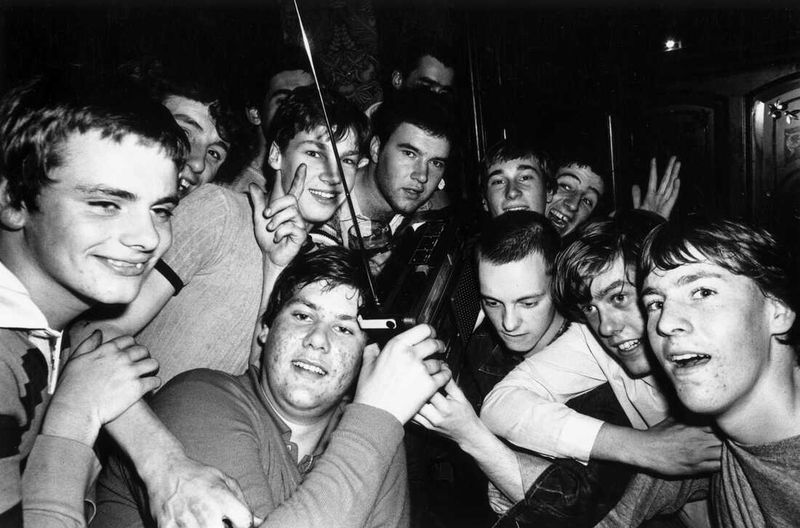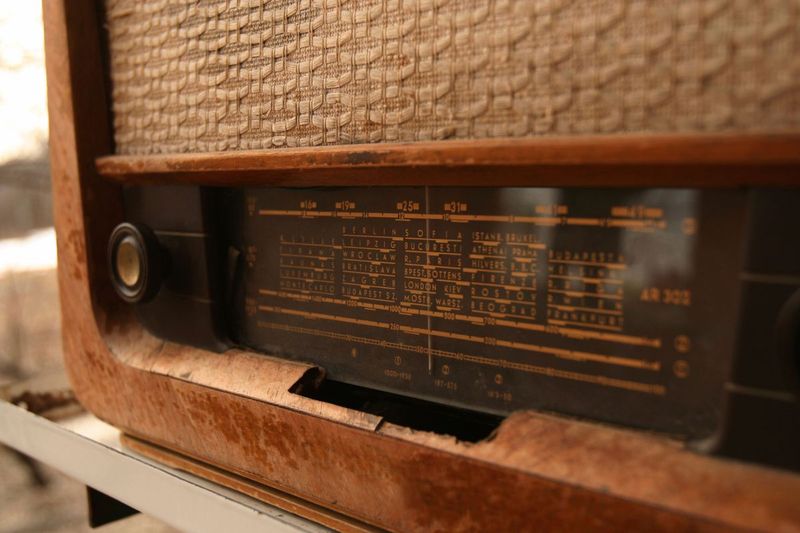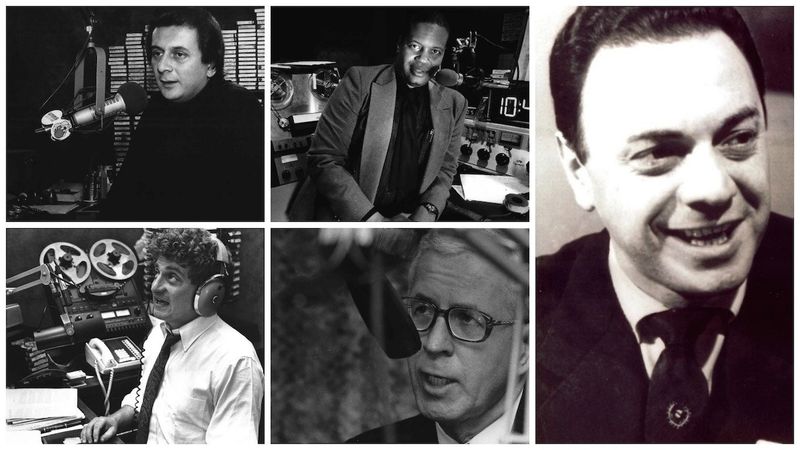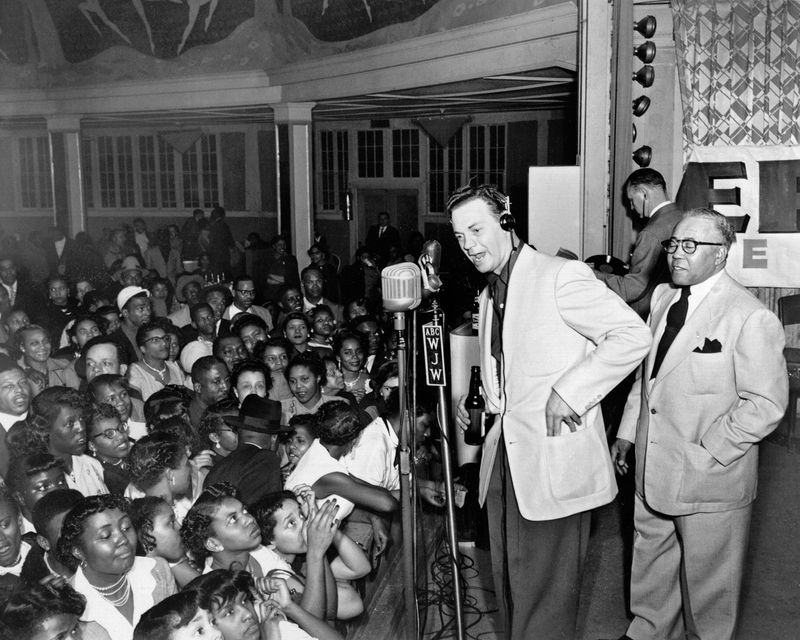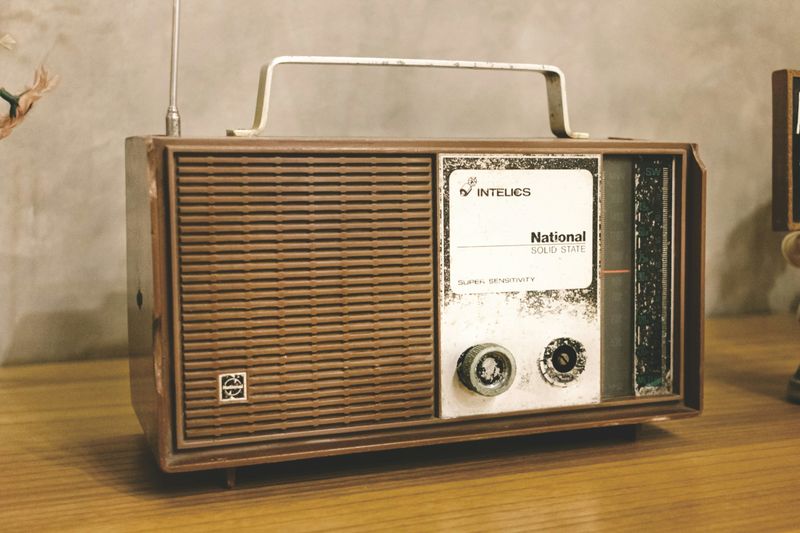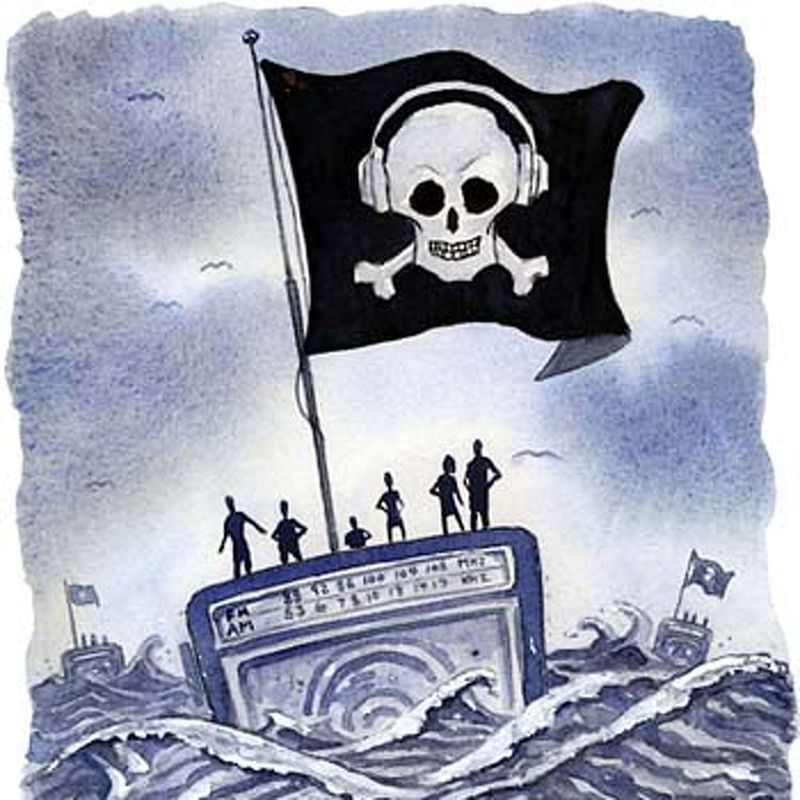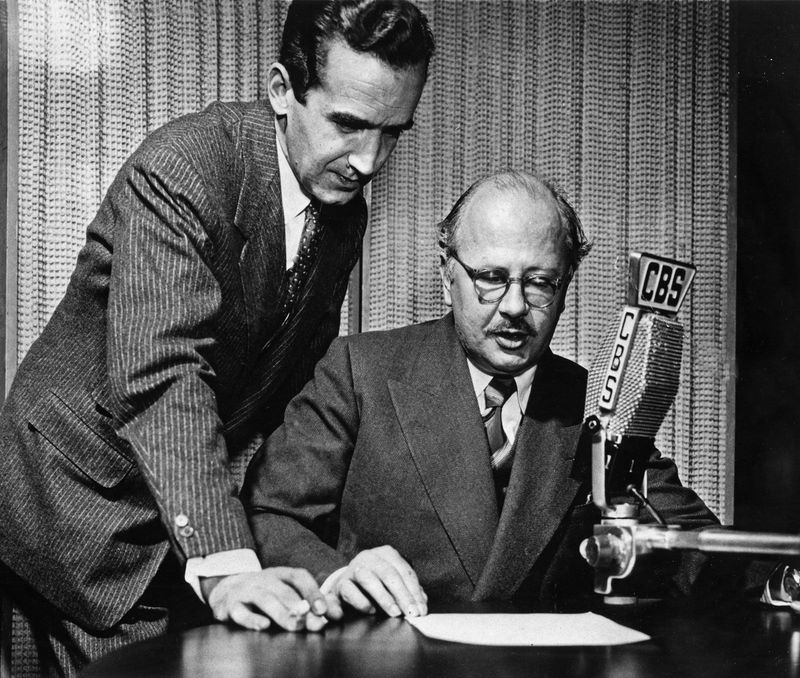Explore 17 intriguing secrets from the golden age of AM radio, uncovering stories of fame, scandal, and innovation that defined an era.
1. Radio DJs Were Treated Like Rock Stars
During the golden age of AM radio, these charismatic personalities received mountains of fan mail, a testament to their immense popularity and influence. Their voices became synonymous with the music they played, creating an emotional connection with listeners. Fans would gather outside radio stations, hoping for a glimpse of their favorite DJ. This adoration was comparable to the frenzy surrounding rock stars, showcasing the profound impact AM radio had on its audience.
2. Payola Scandals Were Everywhere
In the shadows of the music industry, payola scandals lurked, casting a long shadow over the integrity of AM radio. Record labels clandestinely funneled money to DJs, ensuring their songs dominated the airwaves. This practice led to major scandals, shaking public trust and prompting regulatory changes. The payola era was a tumultuous time, with whispers of bribery and favoritism echoing through the industry. These ethical quandaries challenged the credibility of radio stations, highlighting the complex relationship between music and money.
3. Some Stations Faked “Live” Broadcasts
Not every “live” broadcast was truly live during AM radio’s heyday. Some stations mastered the art of illusion, creating a sense of immediacy and excitement by adding background noises to studio recordings. These faked broadcasts captivated listeners, who imagined DJs perched atop rooftops or in bustling cityscapes. This tactic added a thrilling dimension to radio, blurring the lines between reality and performance. The ingenuity of these staged events highlighted the creativity and resourcefulness of AM radio producers in captivating their audience.
4. Wolfman Jack Wasn’t Always in the U.S.
The enigmatic Wolfman Jack was a voice that transcended borders. Broadcasting from powerful “border blaster” stations in Mexico, he reached a vast American audience. His distinctive gravelly voice and wild persona captured the imaginations of listeners, creating a mystique that lingered long after the broadcast ended. Operating outside U.S. regulations allowed him to push boundaries and shape the music scene in unique ways. This cross-border influence showcased the global reach of AM radio and its ability to connect people beyond geographical constraints.
5. Signal Reach Was Wildly Unpredictable
AM radio waves had a knack for unpredictability, especially at night when signals could travel vast distances. This phenomenon allowed broadcasts to leap over mountains and cross borders, sometimes landing in foreign lands. Listeners would tune in to discover exotic stations from faraway places, adding an element of surprise to their radio experience. This unintentional global outreach illustrated the power of AM radio, transcending boundaries and connecting diverse cultures through the magic of the airwaves.
6. Jingles Were Big Business
Crafting catchy jingles became a lucrative industry during the golden age of AM radio. Entire companies dedicated themselves to producing memorable tunes that would stick in listeners’ minds. These jingles played a pivotal role in branding radio stations, creating auditory identities that resonated with audiences. The art of the jingle combined creativity and marketing savvy, resulting in iconic melodies that defined an era. This unique blend of music and advertising demonstrated the innovative spirit of the time, leaving a lasting imprint on the radio landscape.
7. News Was Often “Ripped” from Newspapers
Before the era of 24-hour newsrooms, DJs relied on newspapers to deliver timely news updates. Grabbing the latest headlines, they would read them live on air, providing listeners with snippets of information. This practice, known as “ripping,” connected audiences with current events in a time when instant news was a distant dream. The improvisational nature of these updates added a dynamic flair to radio, engaging audiences with real-time insights. This method showcased the adaptability of radio in keeping pace with the ever-changing world.
8. “Boss Jocks” Had to Stick to Tight Playlists
Even the most legendary DJs, known as “boss jocks,” faced the constraints of rigid playlists during the golden age of AM radio. Program directors dictated the songs that could be aired, limiting DJs’ ability to showcase diverse music. This structured approach aimed to ensure commercial success, but it also stifled creativity. Nevertheless, “boss jocks” found ways to infuse their personalities into their shows, connecting with listeners through their unique charm. This tension between artistry and commercialism highlighted the challenges DJs navigated in their pursuit of entertaining audiences.
9. Radio Contests Could Get Out of Hand
Radio contests during the golden age of AM radio often sparked chaos and excitement among listeners. Prizes ranged from concert tickets to cash, drawing crowds eager to win. Some contests became so popular that they led to near-riots, with enthusiastic participants swarming station headquarters. The fervor surrounding these events illustrated the deep connection listeners felt with their favorite stations. This energetic atmosphere added an element of unpredictability and adventure, capturing the spirit of the times and the power of radio to engage and entertain.
10. Drive-Time Was King
In the bustling world of AM radio, drive-time slots reigned supreme, capturing the attention of commuters on their daily journeys. Morning and afternoon drive times became fiercely competitive, with stations vying for the top spot in the ratings. DJs resorted to wild stunts and creative segments to captivate audiences, turning the mundane commute into an entertaining experience. This focus on drive-time illustrated the strategic importance of peak listening hours, where creativity and innovation thrived, shaping the radio landscape.
11. AM Radio Controlled Musical Tastes
Before the advent of MTV and streaming services, AM radio was the gatekeeper of musical success. If a song made it onto the airwaves, it had the potential to become a hit. Families gathered around their radios, eagerly awaiting the latest tunes, shaping their musical tastes based on what DJs played. This powerful influence extended to record sales and chart success, highlighting the pivotal role AM radio played in defining the musical landscape. The era celebrated the communal experience of music discovery through the magic of radio.
12. Many Stations Used Secret Code Words
Behind the scenes of AM radio, a web of secrecy existed in the form of code words. Stations developed covert terms for emergencies, from technical failures to studio invasions, ensuring swift responses without alarming listeners. These secret codes fostered a sense of camaraderie among station staff, creating an insider culture that kept operations running smoothly. This cloak-and-dagger approach added an intriguing layer to radio, where the audience remained blissfully unaware of the drama happening behind the microphone.
13. DJs Wrote Their Own Commercials
In an era before polished ad reads, DJs often crafted their own commercials, infusing them with personal flair. These improvised ads added a touch of authenticity, resonating with listeners who trusted their favorite voices. DJs seamlessly blended advertisements with music, creating a seamless listening experience that felt genuine and engaging. This approach highlighted the versatility and creativity of radio personalities, who navigated the worlds of entertainment and commerce with finesse.
14. Remote Broadcasts Were Major Events
When a radio station announced a remote broadcast, excitement filled the air. Listeners flocked to locations like car dealerships and county fairs to witness their favorite DJs in action. These events turned into community gatherings, offering fans a chance to connect with the voices they cherished. The magic of live broadcasting added an element of unpredictability and thrill, as DJs engaged with audiences in real-time. This interactive experience strengthened the bond between stations and listeners, creating memories that lasted long after the broadcast ended.
15. Radio Dramas Outlasted TV
As television rose to prominence, radio dramas quietly persisted, captivating audiences with their storytelling magic. These audio narratives transported listeners to imaginative worlds, relying on sound effects and dialogue to paint vivid pictures. The enduring appeal of radio dramas lay in their ability to engage the imagination, fostering a unique form of entertainment that transcended visual mediums. This testament to the power of storytelling showcased the timeless allure of radio, where a world of adventure existed just beyond the speakers.
16. Pirate Stations Thrived Off the Radar
In the margins of the radio spectrum, pirate stations emerged, challenging the mainstream with their unlicensed broadcasts. These renegade stations played music that defied convention, offering an alternative to the polished programming of established networks. Operated from hidden locations, pirate stations embodied a spirit of rebellion and creativity, resonating with listeners seeking something fresh and different. This underground movement highlighted the diverse landscape of AM radio, where innovation flourished beyond the confines of regulation.
17. AM Radio Was the Birthplace of Talk Radio
Long before political pundits dominated the airwaves, AM radio served as the testing ground for talk shows. These early programs invited listeners to call in and share their thoughts on a wide array of topics, from gardening to ghost stories. The interactive nature of talk radio fostered a sense of community and dialogue, breaking down barriers between hosts and audiences. This innovation laid the foundation for the talk radio format that would later become a staple of broadcasting, showcasing the adaptability and evolution of AM radio.
